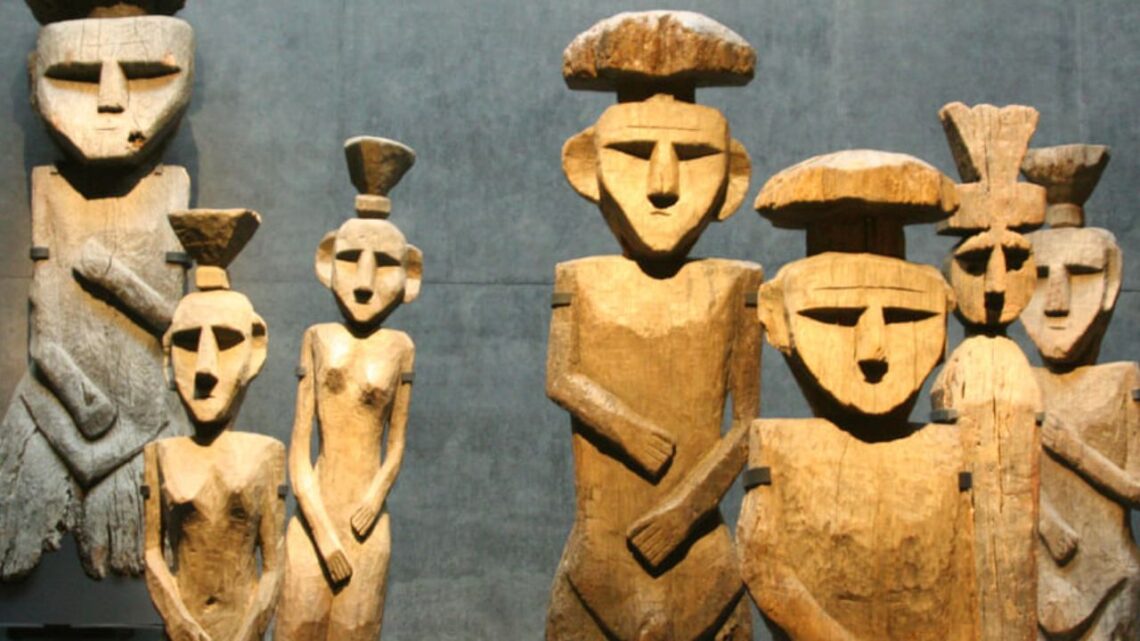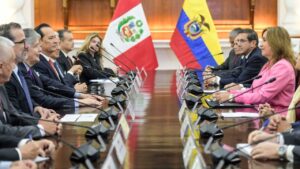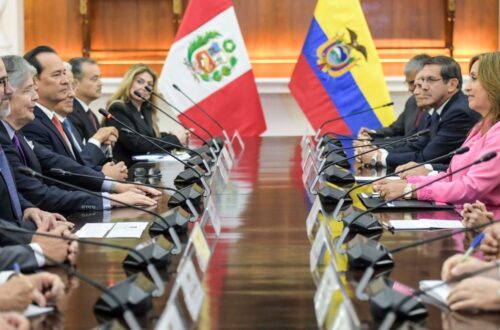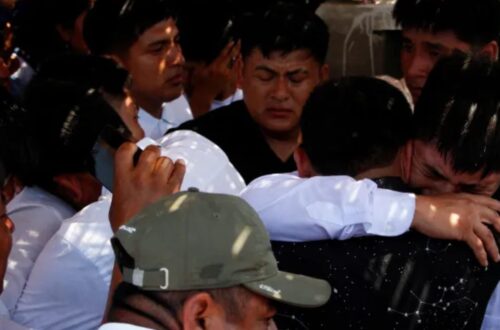In a gesture of cultural diplomacy steeped in historical justice, Chile has repatriated 19 archaeological artifacts to Peru, returning them during a formal ceremony at Chile’s National Historical Museum.
These pre-Columbian pieces—ranging from ceramics and textiles to fragments woven from camelid fiber and cotton—trace their origins to ancient Andean civilizations such as Chancay, Pativilca, and Wari, with dates spanning from A.D. 600 up to the mid-15th century.
This historic restitution reflects a renewed commitment by both nations to protect heritage, deter illicit trafficking, and restore ancestral legacy.
Details of the Repatriation
The handover took place on July 11, 2025, when Chile’s Ministry of Cultures, Arts and Heritage formally returned the artifacts to Peru at a public ceremony.
The items had been illicitly excavated from archaeological sites in Peru and later surfaced in private collections, some acquired via online sales channels. Investigations by Chilean and Peruvian authorities led to their seizure and identification.
The 19 objects consist of:
- Nine ceramics crafted by the Chancay and Pativilca cultures (circa 600–1000 A.D.)
- One textile fragment in the Chancay style, featuring anthropomorphic and avian motifs, dating to between 1000 and 1476 A.D.
- Nine additional textiles, attributed to Chancay and Wari traditions, woven in camelid fiber and cotton, boasting geometric patterns
All these pieces are now officially declared Cultural Heritage of the Peruvian Nation, ensuring that they enjoy legal protection and oversight under Peru’s patrimony laws.
Summary of Repatriated Artifacts
| Type of Object | Cultural Origin / Style | Date Range (A.D.) | Material / Distinguishing Feature |
|---|---|---|---|
| Ceramics | Chancay & Pativilca | 600–1000 | Traditional pottery with regional motifs |
| Textile Fragment | Chancay | 1000–1476 | Anthropomorphic and bird-like designs |
| Textiles (9 pieces) | Chancay & Wari | 1000–1476 | Camelid fiber & cotton, geometric weaving |
Legal & Institutional Framework
This act of repatriation is underpinned by several key agreements and conventions:
- Chile and Peru have a bilateral agreement (2002) aimed at preventing illicit trade in cultural property and restoring stolen artifacts.
- The artifacts fall under the obligations of the UNESCO 1970 Convention, which mandates countries to resist, prevent, and correct illegal transfers of cultural goods.
- National laws in both countries treat such objects as state property and prohibit unapproved export, sale, or trade.
Through such frameworks, both nations have reaffirmed their commitment to cultural justice, heritage protection, and cross-border cooperation.
The Path to Recovery
These artifacts were traced, seized, and prepared for repatriation through coordinated efforts:
- Illicit removal and trafficking: The items were extracted from Peruvian archaeological sites without authorization and sold in private markets or online platforms.
- Investigations: Chilean authorities, collaborating with Peru’s Ministry of Culture (Directorate of Recoveries) and Chile’s police and heritage agencies, identified and seized the artifacts.
- Restitution process: Legal, diplomatic, and cultural procedures were followed to prepare for the formal return, alongside documentation and authentication.
- Ceremony & transfer: The formal handover took place in Santiago, with representatives from both nations, reaffirming shared heritage and mutual respect.
The return signals both symbolic restoration and tangible recovery of ancestral memory.
Cultural Significance & Implications
The restitution of these 19 artifacts carries powerful implications:
- Restoration of identity: These objects embody the artistic, spiritual, and intellectual legacy of pre-Columbian civilizations. Their return strengthens Peru’s cultural narrative and identity continuity.
- Deterrence: The act sends a strong signal to artifact traffickers that cultural patrimony is monitored, protected, and cannot freely cross borders.
- Diplomatic goodwill: It enhances cultural diplomacy between Chile and Peru, reinforcing trust and collaboration in heritage matters.
- Regional precedent: This move may encourage further repatriations across Latin America, promoting accountability and historical justice.
In sum, the return goes beyond restitution of physical objects—it reaffirms the value of memory, culture, and indigenous heritage.
Challenges & Future Considerations
While this repatriation is laudable, challenges remain:
- Inventory and provenance gaps: Many artifacts globally remain undocumented, complicating future recovery efforts.
- Enforcement: Ensuring border control, customs monitoring, and legal enforcement remains a persistent task.
- Museum capacity: Proper conservation, display, and integration of returned artifacts require infrastructure, funding, and expertise.
- Public awareness: Ensuring that the public, especially local and indigenous communities, engage with recovered heritage and see their value.
Ongoing efforts will require vigilance, institutional support, and sustained cooperation between nations.
The historic return of 19 pre-Columbian artifacts from Chile to Peru marks a significant victory for cultural heritage, diplomatic trust, and legal accountability.
These items—spanning ceramics and textiles from the Chancay, Pativilca, and Wari cultures—represent centuries of artistic and symbolic expression. The repatriation underscores that heritage transcends borders and belongs to the people whose ancestors crafted it.
While challenges lie ahead—such as ensuring proper care, expanding restitutions, and strengthening enforcement—this gesture paves the way for deeper cultural reconciliation and heritage protection across Latin America.









